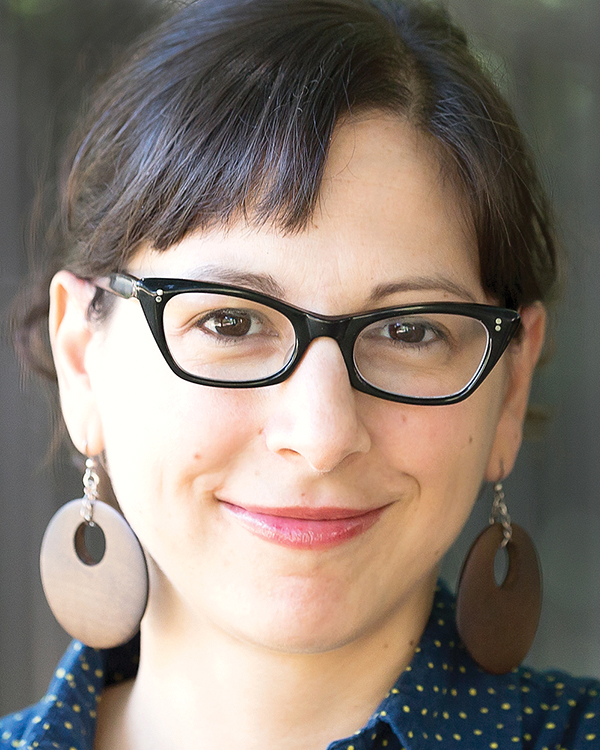
Pirie Associates
The environment we inhabit on a daily basis plays an important role in supporting and improving our health and wellbeing. The architecture and planning of urban space are currently undergoing a design revolution. In this era of big data, studies have emerged that allow the design community to use a process known as evidence-based design. This design strategy uses data from scientific studies and case studies to apply solutions that will more effectively support human health resulting in environmentally friendly and successful projects.
Many of these studies confirm the feeling of what it takes to make a space feel good. More importantly they help the architect clearly communicate the importance of certain aspects of the design to the client and also identify to policymakers and those in the public sector where investments in infrastructure can have the most benefit.
Feeling a direct connection to nature in any environment benefits our health. The term “Biophilia” was coined by a biologist, E.O. Wilson, in 1984, to describe humanity’s need for a connection to other living things. His hypothesis is that built into our DNA are pre-programmed responses to our physical surroundings developed as we evolved in a natural environment. Studies have confirmed that we do have physiological responses to certain environmental stimuli. A connection to nature has been shown to reduce stress, lower blood pressure, and speed up healing. In the same year that Wilson published his book on Biophilia, a famous study by Roger Ulrich found that hospital patients with a view to nature vs. a view to a brick wall had reduced hospital stays, patients required less pain medication and were more congenial to the nursing staff. As little as a 40 second view of nature can significantly increase cognition and productivity.
Daylight has been noted to have the strongest effect on our wellbeing. Our waking and sleeping cycles, known as circadian rhythms, are triggered by exposure to sunlight. In order to get a good night sleep, you should limit exposure of bright lights at night but your sleep is also affected by the amount of daylight you experience during the workday. Without a good dose of daylight, you may have trouble sleeping at night. Disrupted circadian rhythms can also have more long-term health effects, including increased risk of cancer (American Medical Association). Beyond daylight, there are other less obvious ways environments make us feel good. Our eyes and brains are tuned to the fractal geometries that exist in nature. We respond well to the patterns in nature that evolutionarily provided us as protection and sustenance. This runs counter to ultra-modern stark design aesthetics in the profession today.
What I find particularly intriguing is using health and wellbeing to understand and apply environmentally sustainable design, because the environment may sound like something outside or separate from the human experience, but when you understand how much that environment directly affects your own personal and community wellbeing it becomes much more imperative. This has inspired me, in my role as a board member of the Connecticut Green Building Council and co-facilitator of the Connecticut Living Building Challenge Collaborative, to organize a summit that explores the health and wellbeing in the built environment. Health of Place will be held on April 28. (For more information please visit
www.nessbe.net.)
Melissa Arminio Kops, AIA, LEED AP BD+C, LFA, is a LEED and Living Future accredited project architect at Pirie Associates, New Haven, Conn.







